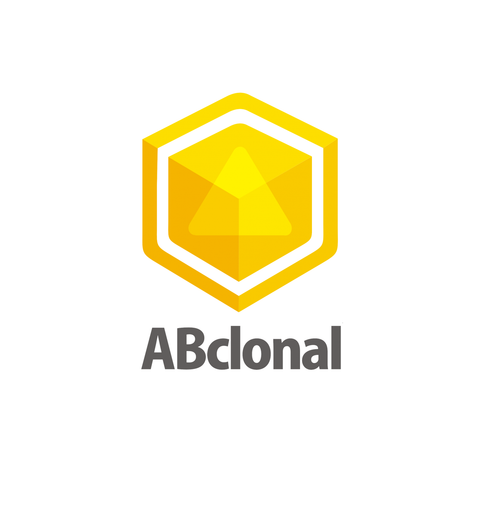Product Description
Rat ATP-binding cassette sub-family G member 2 (ABCG2) ELISA Kit | AE23175RA | Abebio
Species Reactivity: Rat (Rattus norvegicus)
Abbreviation: ABCG2
Alternative Name: ABC15; ABCP; BCRP; BCRP1; BMDP; CD338; CDw338; EST157481; MGC102821; MRX; MXR; MXR1; ABC transporter|ATP-binding cassette transporter G2|ATP-binding cassette; sub-family G; member 2|breast cancer re
Application: ELISA
Range: 0.312-20 ng/mL
Sensitivity: 0.128 ng/mL
Intra-Assay: ≤4.3%
Inter-Assay: ≤6.5%
Recovery: 1, 01
Sample Type: Serum, Plasma, Other biological fluids
Detection Method: Sandwich
Analysis Method : Quantitive
Test Principale: This assay employs a two-site sandwich ELISA to quantitate ABCG2 in samples. An antibody specific for ABCG2 has been pre-coated onto a microplate. Standards and samples are pipetted into the wells and anyABCG2 present is bound by the immobilized antibody. After removing any unbound substances, a biotin-conjugated antibody specific for ABCG2 is added to the wells. After washing, Streptavidin conjugated Horseradish Peroxidase (HRP) is added to the wells. Following a wash to remove any unbound avidin-enzyme reagent, a substrate solution is added to the wells and color develops in proportion to the amount of ABCG2 bound in the initial step. The color development is stopped and the intensity of the color is measured.
Product Overview: ATP-binding cassette, sub-family G (WHITE), member 2 is included in the superfamily of ATP-binding cassette (ABC) transporters. ABC proteins transport various molecules across extra- and intra-cellular membranes. ABC genes are divided into seven distinct subfamilies (ABC1, MDR/TAP, MRP, ALD, OABP, GCN20, White) . This protein is a member of the White subfamily. Alternatively referred to as a breast cancer resistance protein, this protein functions as a xenobiotic transporter which may play a major role in multi-drug resistance. It likely serves as a cellular defense mechanism in response to mitoxantrone and anthracycline exposure. Significant expression of this protein has been observed in the placenta, which may suggest a potential role for this molecule in placenta tissue.
Stability: The stability of ELISA kit is determined by the loss rate of activity. The loss rate of this kit is less than 5% within the expiration date under appropriate storage condition. The loss rate was determined by accelerated thermal degradation test. Keep the kit at 37°C for 4 and 7 days, and compare O.D.values of the kit kept at 37°C with that of at recommended temperature. (referring from China Biological Products Standard, which was calculated by the Arrhenius equation. For ELISA kit, 4 days storage at 37°C can be considered as 6 months at 2 - 8°C, which means 7 days at 37°C equaling 12 months at 2 - 8°C) .
 Euro
Euro
 USD
USD
 British Pound
British Pound
 NULL
NULL












